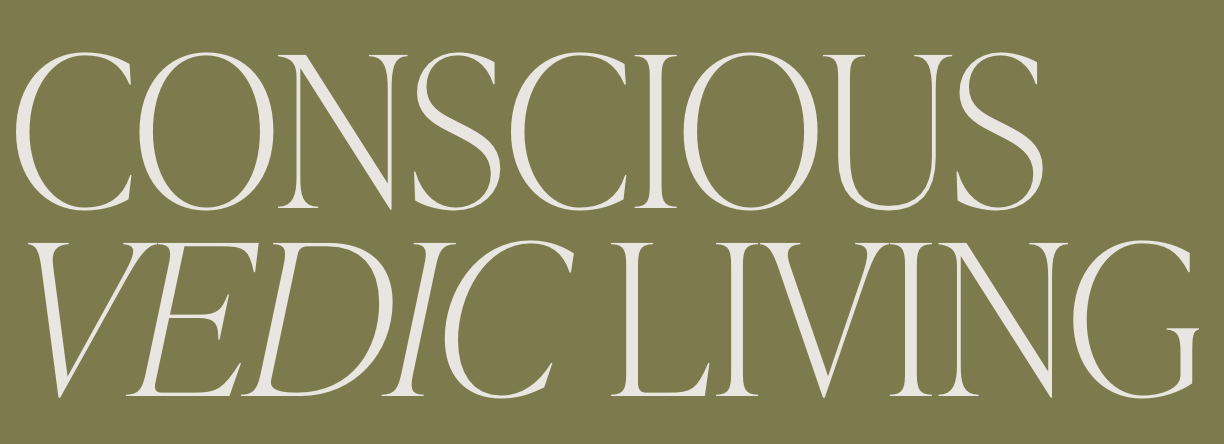Understanding Prana and Qi
In Ayurveda, life force energy is known as prana. It flows through every living being, powering both body and mind. Prana is considered the essence of life itself, and its harmonious flow is crucial for maintaining good health and wellbeing. Ayurveda tells us that when prana flows freely and is balanced, we experience vitality, clarity, and emotional stability; and when disrupted, it can manifest as physical or mental imbalances.
Prana flows through our bodies in various forms, often categorised into five main types:
Prana
Apana
Samana
Udana
Vyana
Each type of prana governs specific bodily functions, such as breathing, digestion, elimination, and circulation. These energies are interconnected, and when one is out of balance, it can affect the others, creating a ripple effect throughout the body.
The concept of life force energy extends beyond Ayurveda. In traditional Chinese medicine, this energy is known as Qi (pronounced "chee"), and it flows through the body’s meridians, pathways that connect various organs and systems. The smooth flow of Qi is fundamental to health, and any blockage or imbalance can result in physical discomfort or emotional disturbances. Much like prana, Qi nourishes the body and mind, and its free flow is essential for maintaining wellbeing.
Acupuncture is one method used to balance Qi. By stimulating specific points along the meridians, acupuncture helps to clear blockages and restore the natural flow of energy. This practice can support the body’s inherent healing abilities, promoting harmony within both the body and the mind.
Yoga, meditation, and breathwork are powerful tools for cultivating and balancing prana and Qi. Breathing exercises, or pranayama, regulate the breath, which directly influences the flow of energy throughout the body. Techniques such as deep belly breathing, alternate nostril breathing and kapalbhati help to clear blockages, reduce stress and enhance vitality.
Yoga, through its combination of movement, breath and focus, supports the flow of prana by opening the body and improving circulation. Meditation, likewise, fosters a deeper connection to our pranic energies, creating a state of balance and harmony within both the body and mind.
Finding what works best for you - practices that align with your challenges, habits, and daily routines - is key to sustaining this balance and optimising your vitality.
